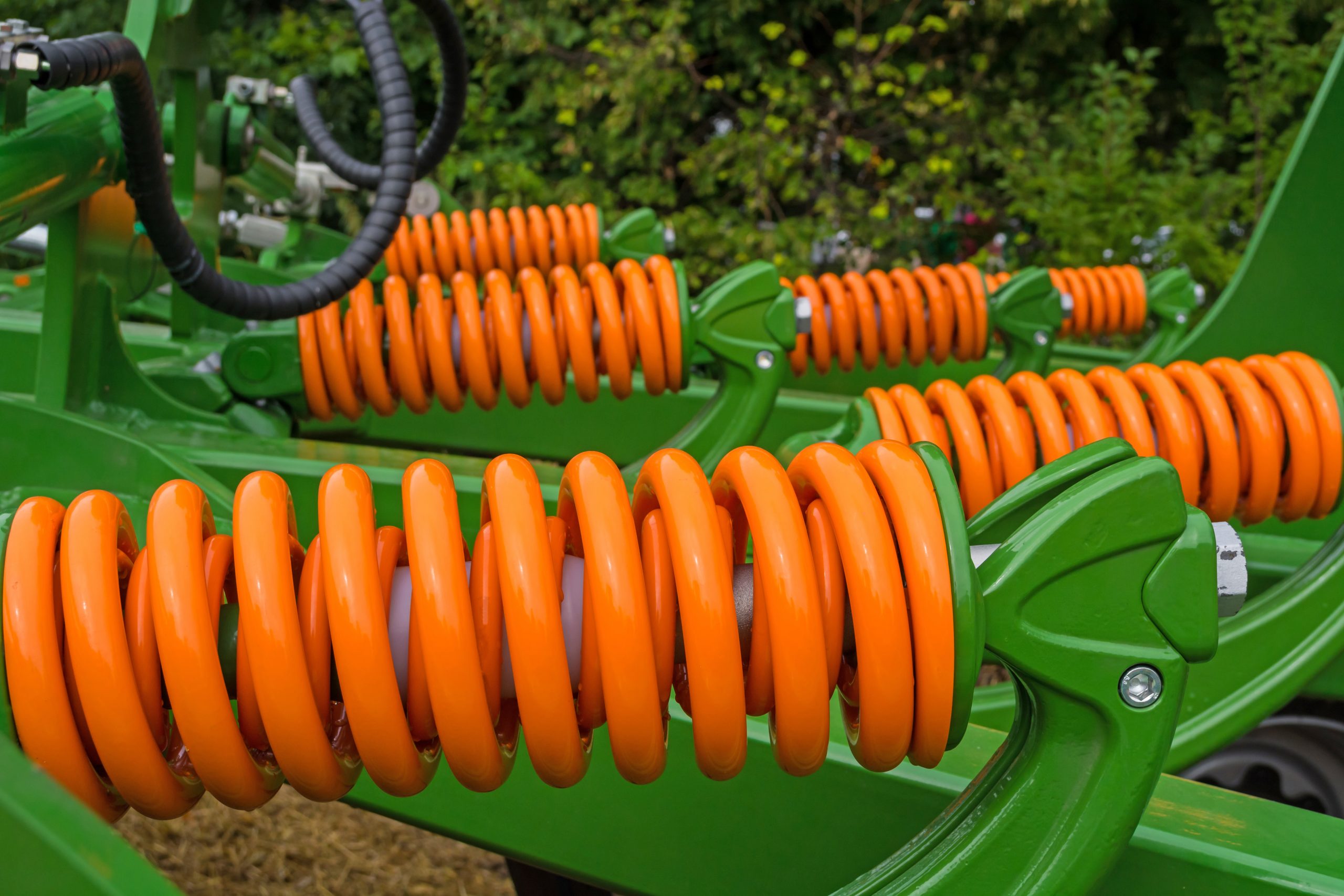
Spring failure is one of the most common issues engineers encounter across industrial equipment, firearms, automation systems, medical devices, transportation, robotics, and countless other applications. A spring that weakens, fractures, distorts, or loses force doesn’t just cause inconvenience—it can lead to equipment downtime, production delays, premature wear of components, safety risks, and lost revenue.
Whether the issue is a broken compression spring, a fatigued extension spring, or a torsion spring that no longer delivers torque, the underlying causes are often preventable with the right design considerations, materials, and manufacturing processes. This guide breaks down the real reasons springs fail and explains how engineers can identify, correct, and avoid these problems in future designs.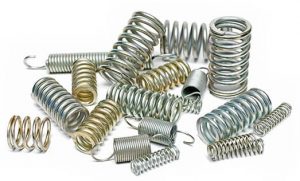
A spring is considered to have failed when it no longer performs to its intended specifications. This can involve a total fracture, but in many cases, failure occurs long before breakage. Loss of free length, reduced load capacity, distortion of coils, surface cracking, corrosion, or torque loss in torsion springs are common early indicators. Spring failure is a mechanical signal that something within the design, environment, or loading conditions isn’t aligned with the spring’s capabilities. Identifying the root cause is the key to designing a more reliable component.
Fatigue: The Most Common Cause of Spring Failure
Fatigue is responsible for the majority of spring failures across all industries. Springs are constantly subjected to repeated cycles of compression, extension, bending, or twisting. Over time, these stresses accumulate at microscopic levels, eventually forming cracks that lead to failure. Fatigue-related failures often occur near high-stress points such as the ends of compression springs or the legs of torsion springs. If a spring fails after a predictable number of cycles, the root cause is typically linked to stress levels exceeding what the material can handle long-term. Preventing fatigue starts with ensuring the design is operating within acceptable stress limits. Material selection also plays a major role; high-cycle applications often require chrome silicon, music wire, Inconel, or other specialty alloys. Proper heat treatment and stress relieving during manufacturing are essential for lowering residual stresses and improving fatigue life. For many engineers, the most effective solution to fatigue problems is switching from an off-the-shelf spring to a custom-designed spring that matches the exact load, deflection, and cycle requirements of the application.
Overloading and Incorrect Spring Rate
A spring that is forced beyond its elastic limits—compressed too far, extended too much, or wound past its maximum angle—will inevitably fail. Overloading also occurs when the spring rate is mismatched to the required force. If a spring bottoms out during compression or stretches beyond its allowable deflection, deformation and breakage follow quickly. Many failures happen because a stock spring is used in an application that demands a very specific spring rate or fatigue performance. This mismatch often means the spring is working far harder than intended, increasing stress levels and reducing service life. A properly engineered spring must accommodate the true working load, expected shock loads, and safety factors based on the environment and application. When the spring’s dimensions, coil count, or wire size are not matched to these requirements, premature failure becomes almost guaranteed.
Incorrect Material Selection for the Operating Environment
Material choice is one of the most overlooked factors in spring reliability. A spring may be dimensionally correct but still fail prematurely if exposed to heat, chemicals, moisture, or corrosive elements that weaken or alter the wire material. Stainless steel can lose strength in high-temperature environments, music wire rusts quickly in humid or corrosive conditions, and some alloys weaken when exposed to chlorides or salt spray. High-cycle applications may require specialty alloys for fatigue resistance. Choosing the wrong material for even a moderately challenging environment can cut the lifespan of a spring dramatically. Evaluating temperature, humidity, chemical exposure, and expected cycles is essential. When needed, protective coatings, platings, or specialty alloys ensure the spring delivers consistent performance over time.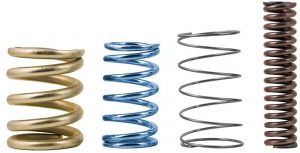
Manufacturing Errors, Dimensional Inaccuracy, or Poor Finishing
Even the best design can fail if the spring is not manufactured with precision. Springs with improper heat treatment, inaccurate coil diameters, uneven pitch, or poor grinding at the ends may contain stress concentrations that eventually cause breakage. High-quality manufacturing practices—including CNC coiling, controlled heat treatment, precision grinding, and post-process stress relieving—are critical for spring durability. Dimensional accuracy, material traceability, and consistent quality checks ensure that each spring performs the same under identical load conditions. Working with an experienced, ISO 9001:2015 certified spring manufacturer significantly reduces the risk of spring failure due to process variability.
Misalignment, Friction, and Improper Installation
Many spring failures occur not because of the spring itself, but because of how it interacts with the surrounding assembly. A compression spring that tilts in its pocket can experience unintended bending forces. A torsion spring that is mounted off-axis may undergo uneven torque. Extension springs that rub or drag against nearby components can wear through their coils over time. Clearances, guide rods, proper seating, and alignment are critical. Even minor installation differences between prototype and production assemblies can introduce unexpected stresses. Ensuring consistent alignment and verifying real-world installation during prototyping can prevent many early-life failures.
Surface Damage, Abrasion, or Corrosion
Springs rely heavily on surface integrity. Even a small scratch can dramatically reduce fatigue life because cracks tend to start at the surface. Surface issues may stem from handling, assembly tools, aggressive environments, abrasion against mating parts, or inadequate protective coatings. Corrosion is one of the most destructive forces affecting spring integrity. Once rust begins forming, the wire surface weakens, making the spring more vulnerable to fatigue-related cracking. Selecting the right material or finish—whether stainless steel, plated wire, or corrosion-resistant alloys—is essential when springs are exposed to moisture, chemicals, or outdoor conditions.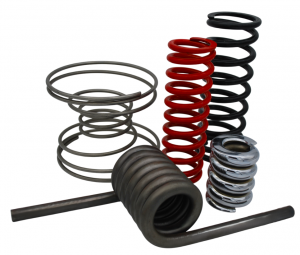
Using Off-the-Shelf Springs in High-Demand or Specialized Applications
Stock springs are a cost-effective option for basic uses, but they often fail in demanding environments because they were not designed for the specific loads, cycle conditions, or tolerances required. Engineers frequently encounter failures when the original selection was a “close enough” stock spring rather than one optimized for cycle life, environment, fit and alignment, force requirements, tolerance stack-up, or fatigue resistance. Custom springs eliminate these mismatches by aligning load, material, wire diameter, coil count, installation conditions, and expected service life with the actual application.
When a spring fails, examining the fracture or wear pattern reveals valuable information. Key diagnostic questions include whether the break originated from a stress concentration or surface defect, whether there are signs of corrosion or wear, whether the failure was sudden or fatigue-related, and whether the installation was aligned correctly. Evaluating material suitability and real-world loading conditions also helps pinpoint the root cause. A structured failure analysis allows engineers to redesign the spring more effectively and ensure long-term reliability.
Custom springs are the most reliable option when an application requires specific stress levels, precise load or torque requirements, high-strength or corrosion-resistant materials, reduced risk of fatigue failure, tight tolerances, multi-step prototype testing, or performance in harsh environments. Ace Wire Spring & Form Co. offers design assistance, prototyping support, precision CNC coiling, and custom manufacturing for compression, extension, torsion springs, and wire forms—all Made in the USA with ISO 9001:2015 certification and ITAR registration for firearms-related components.
Spring failure is rarely a random occurrence. It is almost always the result of misalignment between application requirements and the design, material, or manufacturing choices behind the spring. By understanding the most common causes—fatigue, overload, material mismatch, corrosion, poor finishing, and improper installation—engineers can dramatically improve performance and reliability. For applications where failure is not an option, partnering with an experienced, USA-based custom spring manufacturer ensures the right design, materials, and quality controls are in place from prototype through production.
To address recurring spring failures or evaluate a new design, contact Ace Wire Spring & Form Co. for design assistance, prototyping, and custom manufacturing of compression, extension, torsion springs, and wire forms.
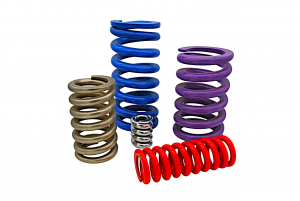
Copyright © Ace WIre Spring & Form Company, Inc. All Rights Reserved. Pittsburgh Website Design by Higher Images.